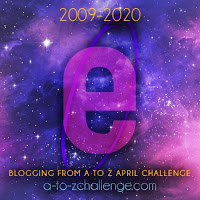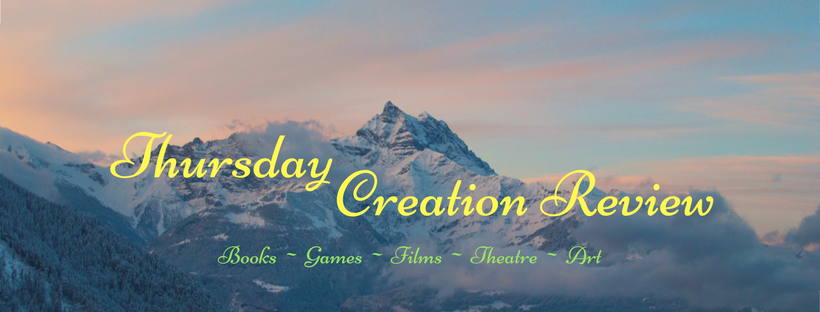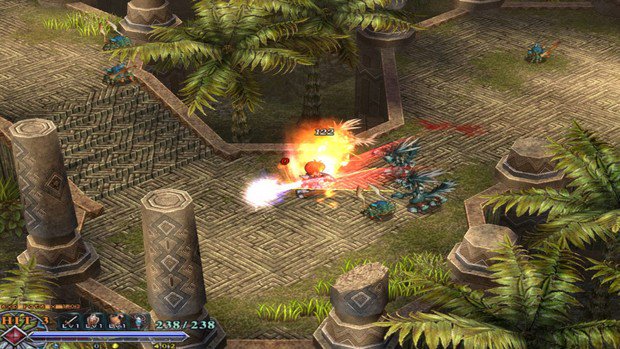
After a busy month, it’s time for my IWSG monthly blog post. I’ll admit I’m not the usual Insecure though, distracted as I am with all the promotion surrounding the launch of Voyagers: The Third Ghost on May 5th. If you’ve missed that visit my post back on that day:
https://rolandclarke.com/2020/05/05/celebrate-voyagers-release-day/
A huge thank you to the Ninja Captain himself, Alex J. Cavanaugh who created the Insecure Writer’s Support Group as they do such amazing things for writers, from the annual Anthology to friendly advice for all us vacillating writers. Many thanks, Captain Alex, for keeping me inspired to keep scribbling. Even at this difficult time.
Before I forget, I’m staying motivated and attempting to write another short story – an entry for 2020 IWSG Anthology Contest. It’s a challenging theme again – Dark Matter – so my old brain is attempting to re-awaken my SF leanings. More about the contest at:
https://www.insecurewriterssupportgroup.com/p/the-2019-annual-iwsg-anthology-contest.html
Anyway, on to the monthly question which stumped me at first. Then the blocks fell away – or rather the chocks were pulled away.

June 3 question – Writers have secrets! What are one or two of yours, something readers would never know from your work?
Too many to mention. Or am I too overt? If my fiction is taken in isolation then two at least are secrets – and I’m not an alcoholic, even if I was a journalist.
But there’s my Gaming addiction. That’s a secret, invisible in my fiction, yes. As is my disability no thanks to a non-gaming MonSter. However, a sharp reader only has to visit this website and those secrets are trumpeted facts. I never hide those aspects of my life on here – nor my curious approach to writings.
My writing techniques are weird and somewhat capricious, but not secret.
However, a reader would need to dig much deeper for secrets that might contradict my ‘official’ image.
So, who suspects this retired equestrian journalist, whose debut was set against the horse world, is useless on a horse? Unlike my characters who are talented horse people in Spiral of Hooves – well, the main ones. Okay, I’ve ridden and like horses, but as a kid I kept falling off and as I grew up my ability on a horse hardly progressed. I feel safer on the ground.
Is that why I hate flying? Again, I’ve improved with age – although I took a few long-haul flights across the Atlantic when I was at college in Canada. But even though I know what all the scary noises are – like air brakes – I’m still irrational. Is that believable from someone who wrote a short story in the IWSG Anthology featuring one of the brave Soviet airwomen of World War II? Well, those women are one of my research obsessions – like other Women Heroes of that period.
However, there is a clue in Feathered Fire – the MC is afraid of flying.

Stay sensible, safe, and inspired, please
*
The awesome co-hosts for the June 3 posting of the IWSG are Pat Garcia,J.Q. Rose,andNatalie Aguirre!
How can I be repetitive asking you to agree these guys are the best? Especially as they all have concerns, fears, and insecurities. But they struggle on, so ticker-tape applause for all of them – plus toasts with the best brew available.
Purpose of IWSG: To share and encourage. Writers can express doubts and concerns without fear of appearing foolish or weak. Those who have been through the fire can offer assistance and guidance. It’s a safe haven for insecure writers of all kinds!
Every month, we announce a question that members can answer in their IWSG post. These questions may prompt you to share advice, insight, a personal experience or story. Include your answer to the question in your IWSG post or let it inspire your post if you are struggling with something to say.
Posting: The first Wednesday of every month is officially Insecure Writer’s Support Group day. Post your thoughts on your own blog. Talk about your doubts and the fears you you have conquered. Discuss your struggles and triumphs. Offer a word of encouragement for others who are struggling. Visit others in the group and connect with your fellow writer – aim for a dozen new people each time – and return comments. This group is all about connecting!
Let’s rock the neurotic writing world!
Our Twitter handle is @TheIWSG and hashtag is #IWSG.
Every month, we announce a question that members can answer in their IWSG post. These questions may prompt you to share advice, insight, a personal experience, or story. Include your answer to the question in your IWSG post or let it inspire your post if you are struggling with something to say.





![A-to-Z Reflection [2018]](https://rolandclarke.files.wordpress.com/2018/05/a-to-z-reflection-2018.jpg)




